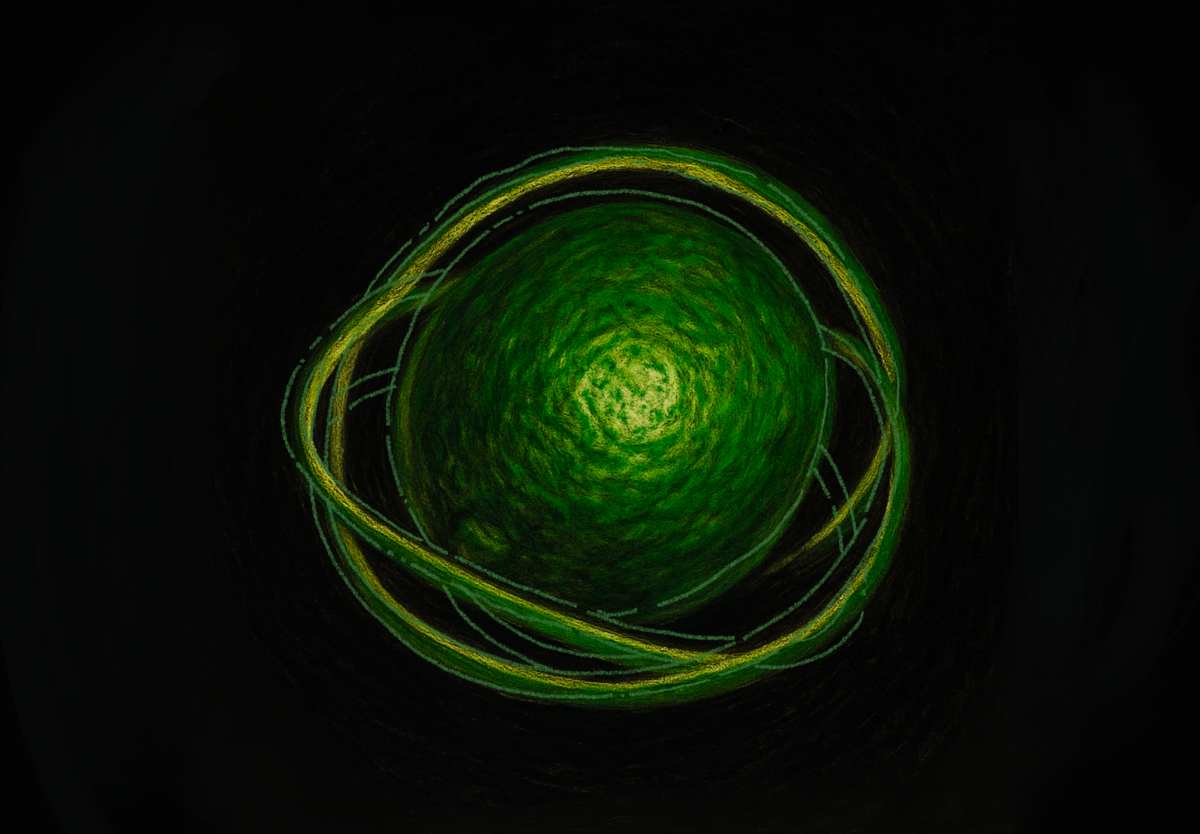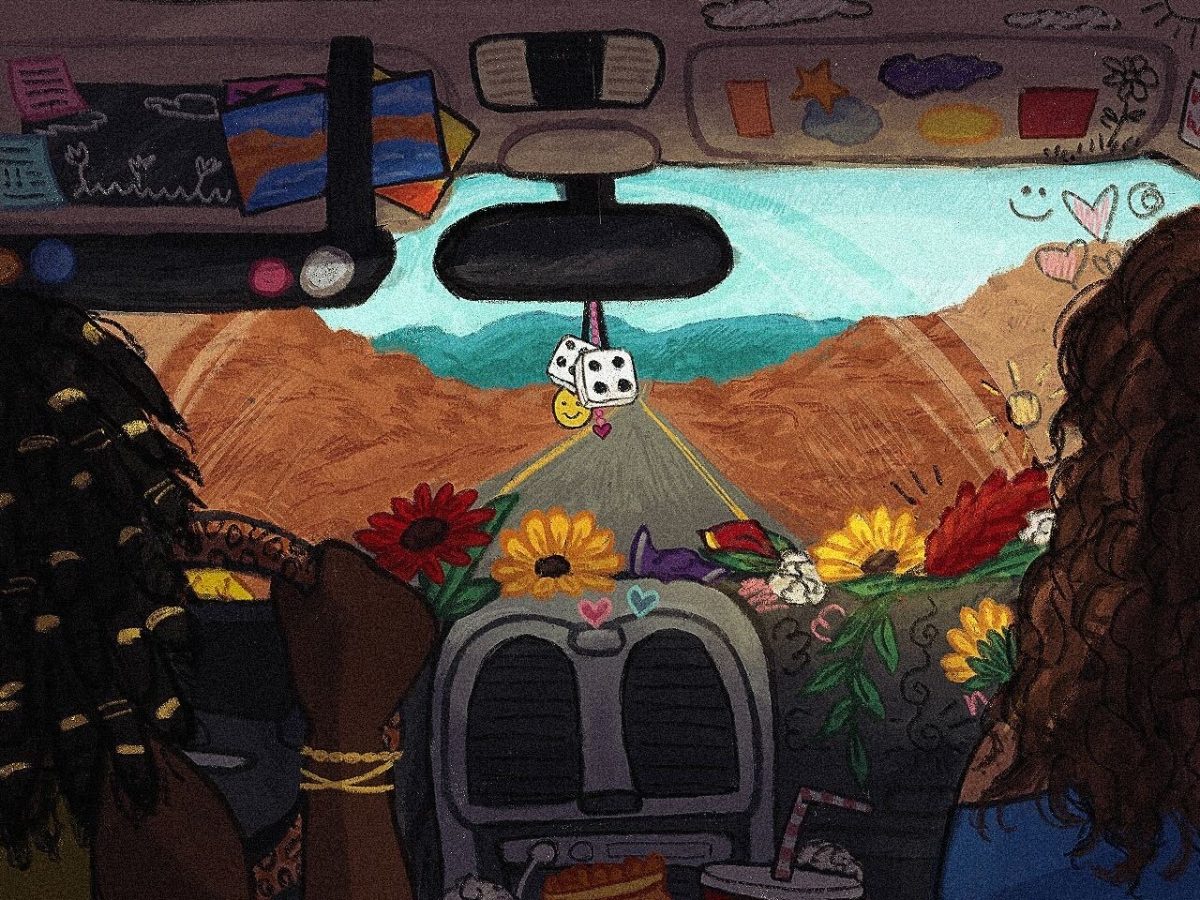“Four detectives. Four timelines. One body” is how Netflix introduces their new original series based on the DC comic book series written by the late Si Spencer.
With eight issues published throughout the span of 2014 to 2015, the small DC comic series did not rise to fame until the passing of its main author, Si Spencer, in 2021, months before Netflix greenlit it to be a limited series in early 2022.
With an adaptation of a relatively small comic book series, there is only so much one can do to maintain the original when adapting it into a full-length eight-episode series for Netflix. Was series creator Paul Tomalin up for the task?
The story takes place in four different timelines — 1890, 1941, 2023, and 2053. With this information, one must recognize that it’s hard to write any sort of time-jumping plot, let alone a time-jumping murder mystery, without a few errors.
Although Tomalin has shown great appreciation towards the original comics when adapting the story, the means by which he did so brought a bit more confusion in how time may bend. Essentially, one must watch all seven-and-a-half hours in a single sitting in order to avoid total confusion.
Although that may be a disappointment to viewers, both the comic and the show find themselves distinguishing each of the timelines from each other with almost an effortless fashion. Production designer Richard Bullock ensured that the set pieces and overall caricature of each scene stand out from the rest of the time periods, just as Spencer and the original artists did in the comics.
Meghan Hetrick, Tula Lotay, Dean Ormston, and Phil Winslade are the comic’s four artists who took on each of the four time periods themselves, creating a unique atmosphere and artistic style for each setting.
With each time period having a different detective on the scene, they bring multiple main roles with quite large shoes to fill. Fortunately, casting directors Amy Hubbard and Shannon Dowling-McNulty did their jobs well. Leading each time period was Kyle Soller (DI Hillingshead), Jacob Fortune-Lloyd (DS Whiteman), Amaka Okafor (DS Hasan), and Shira Haas (DC Maplewood), who all portrayed each role with passion for the project.
Unfortunately, besides the astonishing performance from the main protagonists, there wasn’t much else to the acting. Either characters didn’t feel real in how they were presented, or the actor playing a supporting role made it clear they were an actor, not a character. This is dangerous for the show because it has a high chance of taking the viewer out of the immersion and discouraging them from continuing the show.
While the acting may have disappointed in some aspects, the writing of the show exceeded expectations. In particular, the show absolutely nails its portrayal of both modern-day racism and the historical reality for members of the LGBTQ+ community. What Tomalin was able to make clear is the rawness of the legal system and how anyone who isn’t a straight, cisgender, white male is seen in society without any glamorization.
As a part of the LGBTQ+ community, I feel that the comics depicted the need to conceal your true self and the fear that comes with being gay — whether it be in 2023 or 1890 — in a much more genuine way. Thanks to the writing of Spencer in the comics, characters were imbued with more emotion, both for the reader and the characters compared to the adaptation. Characters in the comics simply felt like people.
What might have been a good choice for the Netflix series was to change the main villain to someone else. This change definitely worked in favor of the show, but thanks to this, many fans were outraged when finishing the show. With it being a limited series, it left the fans of the comics being upset and confused. However, the reason this change was needed was due to the plot holes that would have come otherwise. These plot holes were a cause of filling the longer runtime of the show compared to the much shorter comics.
At the end of the day, while the comics stand to shine brighter in many different aspects, such as writing, illustration, and overall passion for the project, the show still exhibits quality elements. However, unless you’re up for the challenge of tuning in for seven-and-a-half hours, “Bodies” may not be worth your time.








